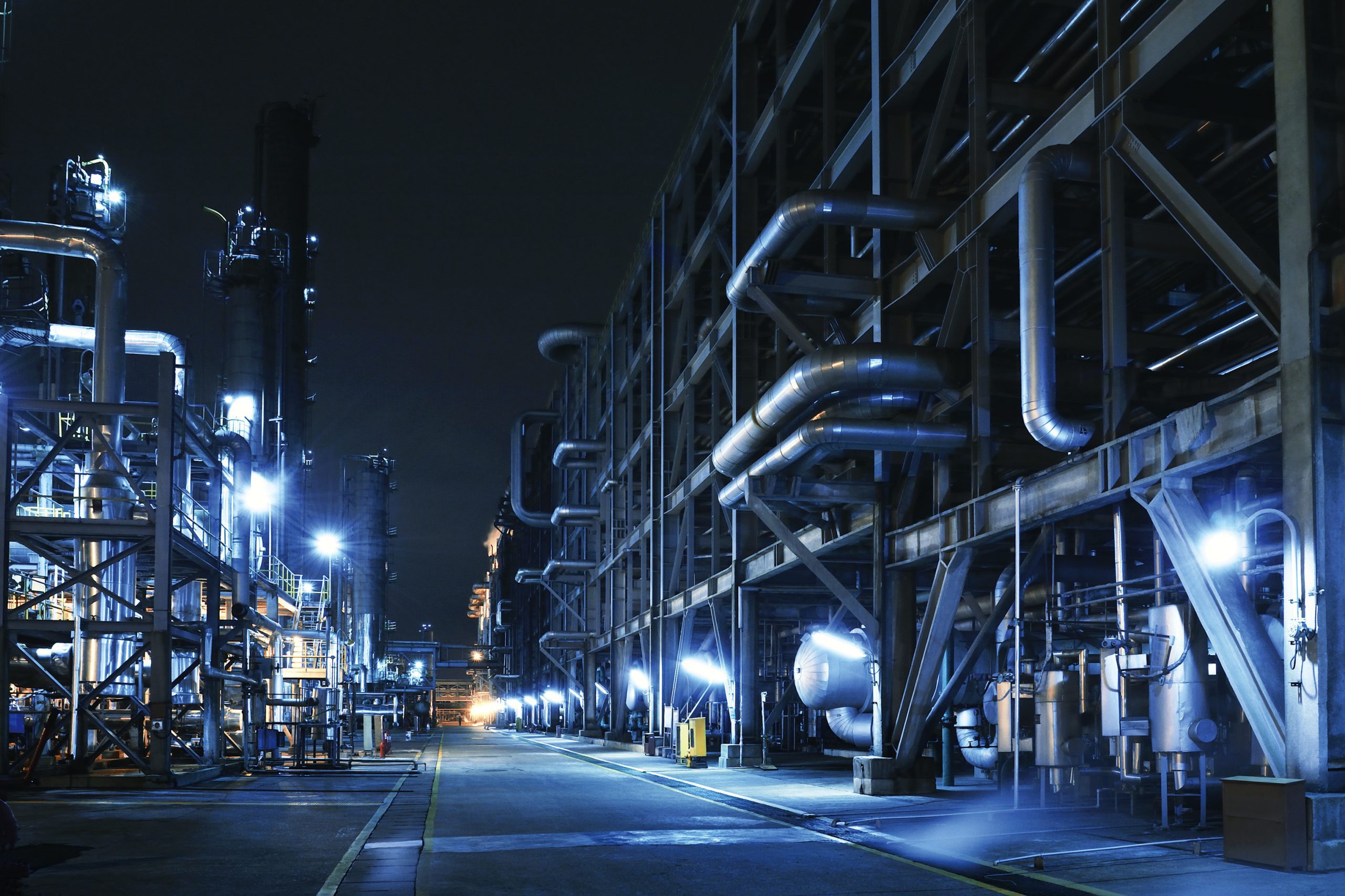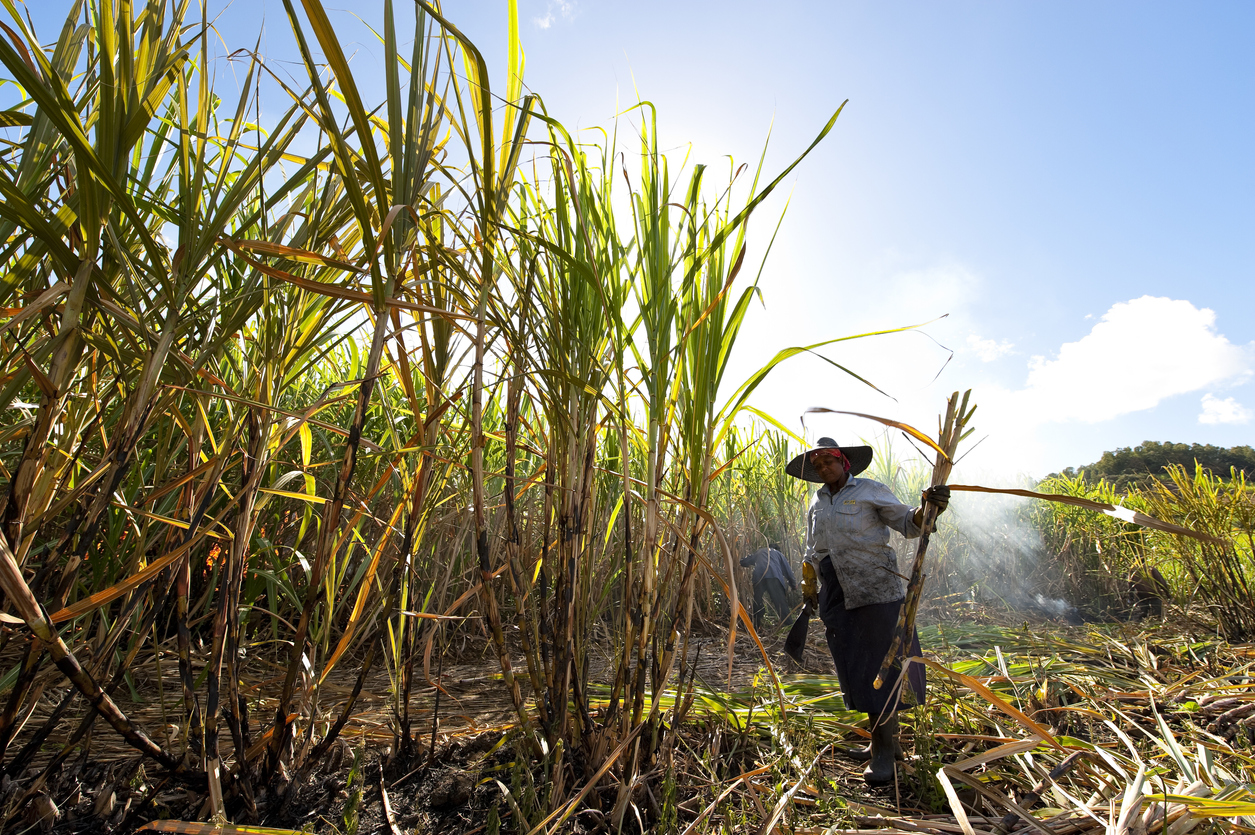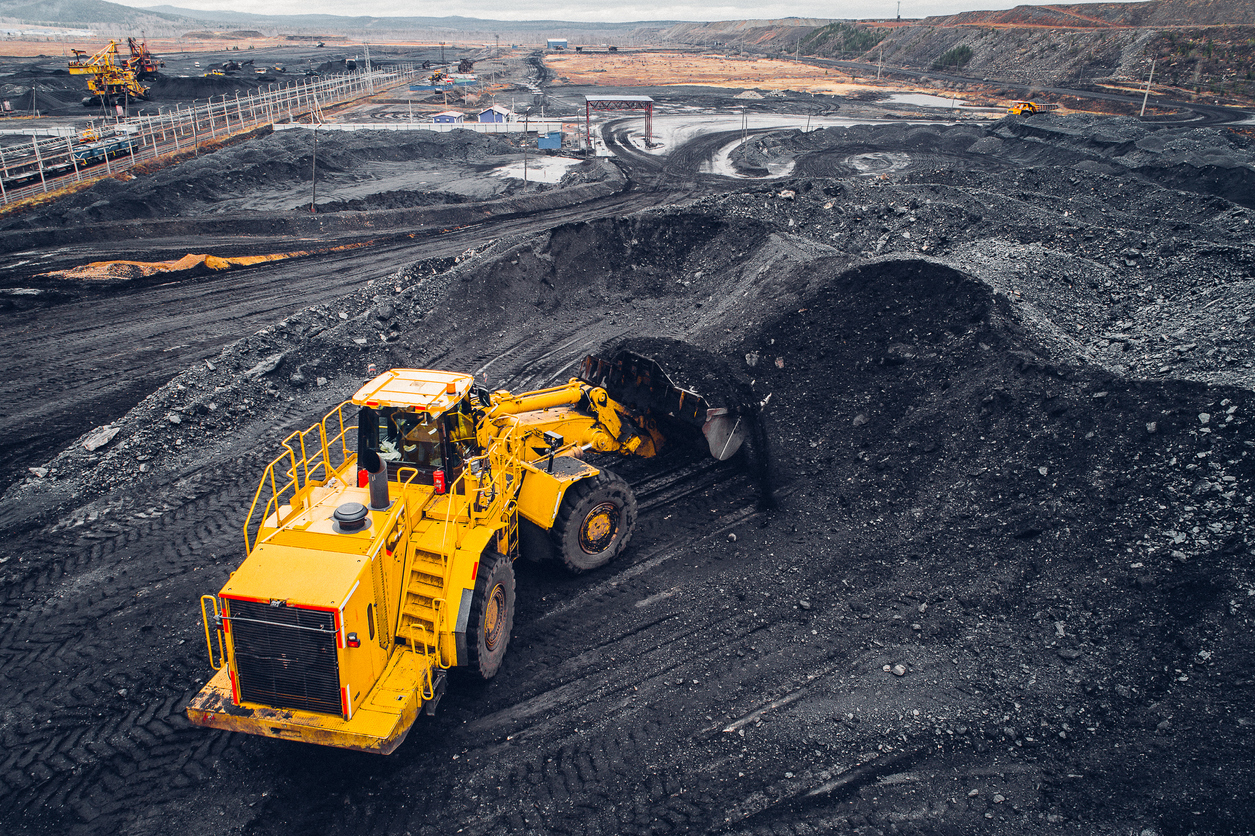Certain agricultural entities can generate energy from the organic matter derived from their production process. This type of co-generation of energy is referred to as biomass energy. These biomasses can be agricultural in nature, as in the case of sugarcane or corn production, or can correspond to pulp derived from paper mill entities. While there are many other types of biomass energy sources, this briefing will focus on co-generation losses derived from sugarcane operations. The briefing does not address any potential BI losses in relation to the mill operations (e.g., sugar or ethanol production losses).
Specifically, and in very summarized terms, energy may be generated via the burning of bagasse. That is, after sugarcane stalks are stripped during the sugar manufacturing process, the resulting outer shell is referred to as bagasse. The bagasse is converted to energy by way of a co-generation process whereby the bagasse is burned, and the resulting steam is fed to a turbine that generates electricity. While some of the electricity is utilized within the same plant for internal consumption, any remaining energy is typically sold, either to specific buyers via a power purchase agreement, or to the open market.
When presented with a BI claim, while certain aspects of a sugarcane co-generation loss may be similar to other types of power generation losses (such as pricing and the need to purchase replacement energy), other aspects are unique to co-generation losses. For example, these may include discussions around seasonality, linkage of bagasse to sugarcane crop yields (and the resulting projected energy), the existence of excess bagasse (whether it is stored or sold), increased costs related to the storage of bagasse, handling and sales of any excess bagasse, costing, etc. Below we will briefly describe our experience in relation to the unique aspects of co-generation losses.
Seasonality
The sugar crop harvest season typically corresponds to a period of about five to six months; however, the length and actual months themselves vary depending on where the farm is located, the weather, and how good a crop year it is. Thus, since the bagasse, derived from the sugar stalks, are more plentiful during the harvest season, most of the generation of energy occurs during this time period. Nonetheless, since sugarcane mills typically have remaining bagasse, even after the harvest period ends, the generation of energy continues beyond the point when the harvest ends. Interestingly, while the generation of energy continues, the farm’s internal consumption changes drastically during non-harvest periods, as will be described below. For such reason, sugarcane farms typically sell the excess energy they produce during their non-harvest to either specific buyers or to the energy market / grid.
It is important to properly model the use and consumption of bagasse within the expected harvest period since the resulting energy generated will fulfil primarily internal consumption needs, while the remainder is sold. This becomes increasingly important if this occurs during periods of varying energy prices.
Internal Consumption
During the harvest season, the energy produced at a sugarcane plant is typically mostly consumed internally, with the remaining energy being sold externally. The energy is consumed mostly in its operations to run the machinery to mill/process the extracted raw sugar. The sugarcane mill’s internal consumption is reduced significantly as the harvest season progresses and the extraction/milling process comes to an end.
Assuming an insured’s mill continues to operate during the indemnity period, the insured is likely to incur increased costs to purchase the energy it must consume to operate. In contrast, in the case of a complete shutdown, it is necessary to model the volume of energy it would have consumed had no loss occurred.
Linkage to Sugarcane Crop Yields
Since the starting point of a sugarcane mill co-generation loss is the sugarcane crop and related bagasse, any loss model needs to be closely tied to this volume. That is, in a loss scenario in which the harvest itself is unaffected, then a no-loss model would likely be based on the actual volume of bagasse available for use in generation during the indemnity period. However, in the case where the harvest itself is also affected, then it is important to properly estimate the volume of bagasse that would have resulted from that particular harvest season.
In other words, it is not enough to simply model the volume of bagasse and its related energy generation based on what occurred the prior year/season. Consideration must be given to the current season’s actual or expected harvest absent the loss event.
Existing Excess Bagasse
It is not uncommon for a mill to continue its milling process well after the end of the harvest season, up until the point that the bagasse is consumed until it reaches a “safety level”. That is, since a mill will require a minimum amount of bagasse to restart operations during the following harvest season, a mill will typically operate until the minimum level is reached, allowing for the volume of bagasse necessary to start-up the following season. This concept is important, as any loss adjustment needs to consider that a certain amount of bagasse would have been maintained (and not burned) under a no-loss scenario.
Intrinsic to the above concept is the notion of increased levels of bagasse. That is, assuming that the harvest is not affected but that the co-generation is, then it is expected that unused bagasse will far exceed the volume that is typical during a no-loss season. In other words, in a situation where bagasse continues to be obtained from the harvest and stripping of the sugarcane, but not burned at typical pre-loss levels to produce energy, it is not uncommon to see growing volumes of “excess” bagasse. The insured is now in a situation where it must either sell or safely store the bagasse. This may give rise, potentially, to either increased costs of working and/or a mitigation of the loss, as described below.
Increased Cost of Working / Extra Expenses
Whether any loss-related excess bagasse is stored or sold, this presumably may give rise to increased costs. In case of storage, since bagasse may present a fire hazard, any additional/temporary storage would require proper safety measures. Thus, it is not uncommon for an insured to incur increased costs related to warehousing/storage itself and the installation/use of temporary additional fire safety equipment. In addition, the larger volume of unused bagasse may also signify increased handling and movement costs, whether the excess bagasse is stored or sold.
Similarly, while the insured would derive revenue from the sale of any excess bagasse, this may require certain costs to be incurred which would otherwise not have been incurred (such as baling, commissions, transport, etc.). These costs are typically taken as reductions of the revenue derived from the sale of excess bagasse.
Costing
Since the “fuel source” utilized in co-generation differs from the other fuel sources, whether those correspond to gas or coal in the case of thermal power plants, or other types of renewable power generation plants (such as hydro, wind or solar plants), the consideration of costing (both continuing and non-continuing) is very specific in the case of a sugarcane co-generation loss. Furthermore, it is not uncommon for insureds to attempt to assign most, if not all their costs, to the sugar harvest and mill operations, and not to the co-generation of power. However, it is important to obtain detailed records and hold conversations with the insured to understand their costing structure, as certain costs are intrinsically related to the co-generation itself. Some examples of these include boiler/turbine maintenance, lubricants, certain bagasse handling, etc.
Further to the above, there are other aspects that are analyzed when measuring these types of co-generation losses. These may include yield/conversion losses, the moisture level of the bagasse and its ensuing calorific value, considerations regarding the “point” of sale of the energy, jurisdictional regulatory issues, etc.
In sum, while certain aspects of a sugarcane co-generation loss may be similar to other types of power generation losses, in this briefing we summarized some aspects that are unique to biomass co-generation, in particular as these relate to sugarcane mill operations. These aspects must be taken into account when determining the economic losses that may result in relation to co-generation losses.
The statements or comments contained within this article are based on the author’s own knowledge and experience and do not necessarily represent those of the firm, other partners, our clients, or other business partners.


























